Check out this new look at the rebranded Horizon Worlds!
Subscribe for the latest VR trailers & clips:
Check out this new look at the rebranded Horizon Worlds!
Subscribe for the latest VR trailers & clips:

This article has been sponsored by Amazon India.
M etaverse has been touted to be the next big thing to bring about a global evolution, not just in technology but in almost every sector.
Something that was considered possible only in Sci-Fi novels, films, series and video games a few years back is now a reality. A convergence of the augmented, physical and virtual reality, Metaverse is a digital world with endless possibilities. In a post-pandemic world that expedited the emergence of virtual spaces, Metaverse provides an opportunity to establish connections through its immersive technologies.
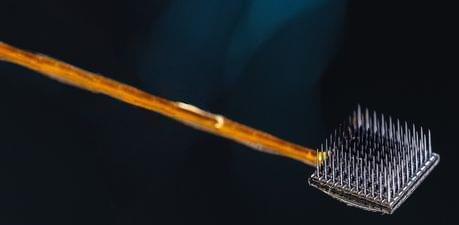
A man left in a completely locked-in state by amyotrophic lateral sclerosis (ALS) has been able to communicate with his family and carers thanks to an implant. The device helped the patient, who was unable to move any muscles or even open his eyes, contact the outside world using only his brain activity.
Rapid neurodegeneration
In the last decade, combinations of brain implants and brain-computer interfaces (BCI) have enabled people with severe brain injuries or neurodegeneration to regain communicative ability. The new study, published in Nature Communications by an international research team, is the first to be used successfully in a patient with such severe neurodegeneration.
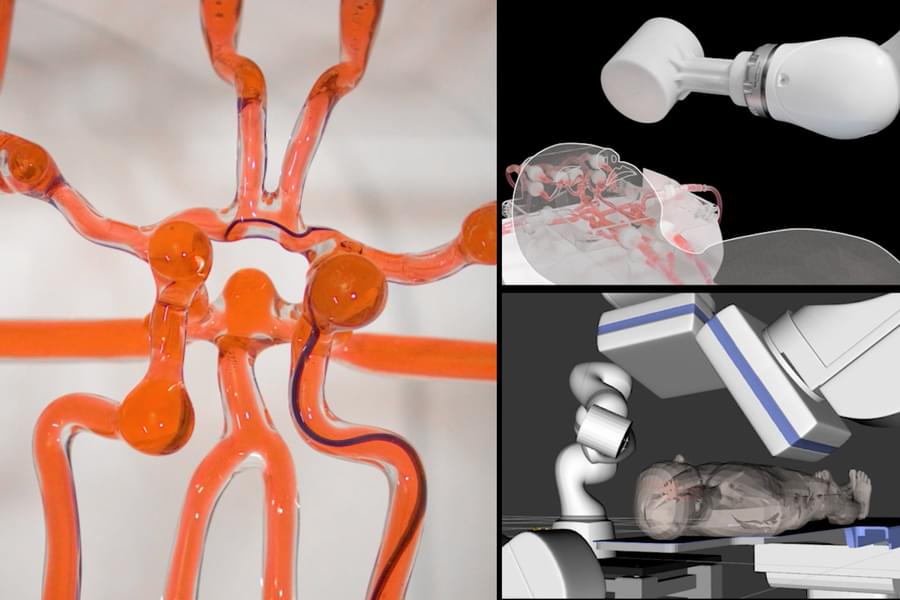
Don’t worry, yes, there are even more Musk machinations, but first let’s broach something a little different — and possibly lifesaving. A team of MIT engineers is developing a telerobotic system for neurosurgeons. It unveiled a robotic arm that doctors can control remotely using a modified joystick to treat stroke patients.
The arm has a magnet attached to its wrist, and surgeons can adjust its orientation to guide a magnetic wire through the patient’s arteries and vessels to remove blood clots in the brain. Like in-person procedures, surgeons will have to rely on live imaging to get to the blood clot, but the machine means they don’t have to be physically with the patient.
There’s a critical time window after someone suffers a stroke to ensure the best chance of recovery. The robot could make treatment possible even if a neurosurgeon is miles away.
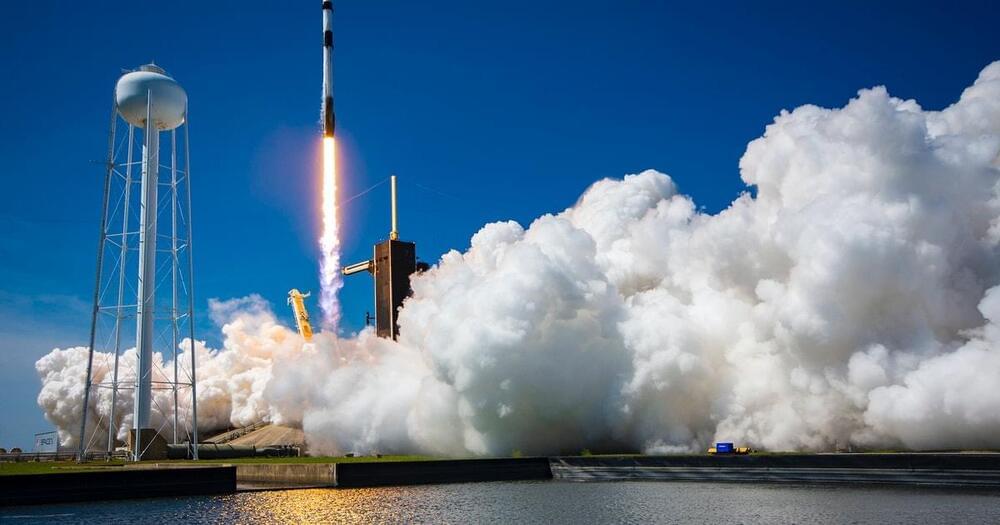

In recent years, more and more environmentally friendly projects are being developed in many countries all around the world. Similar to earlier successful projects, like for example the Netherlands-based Print your City, R3direct from Italy is now also starting to use additive manufacturing as an eco-friendly option to develop street furniture. By using plastic waste as their main material and with the help of modern technology, the company is now 3D printing benches. And the first example of this is already installed in the heart of Lucca, Italy. Called USE (Urban Safety Everyday), these benches are intended to show that technologies can make it possible to significantly reduce plastic waste by reusing the recycled material.
Italian manufacturing company introduces new, eco-friendly public benches made of recycled plastic using 3D printing technologies.
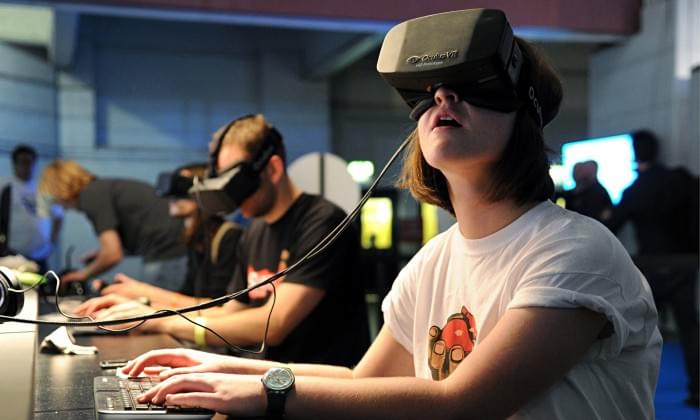
Earlier this week Meta announced that it would begin testing tools to let creators sell things for real money in Horizon Worlds and would charge a fee of 47.5% of their earnings. The fee structure seemed at odds with prior comments from Meta which have criticized app store fees from the likes of Apple and Google. Now Apple is accusing the company of hypocrisy.
Following the news this week that Meta planned to take nearly half of a creator’s earnings in Horizon Worlds, Apple didn’t miss the chance to point out that this was coming from a company which has on multiple occasions criticized Apple’s app store fee of 30% (after 15% for the first $1 million in annual revenue).
Speaking to MarketWatch, Apple spokesman Fred Sainz had this to say:
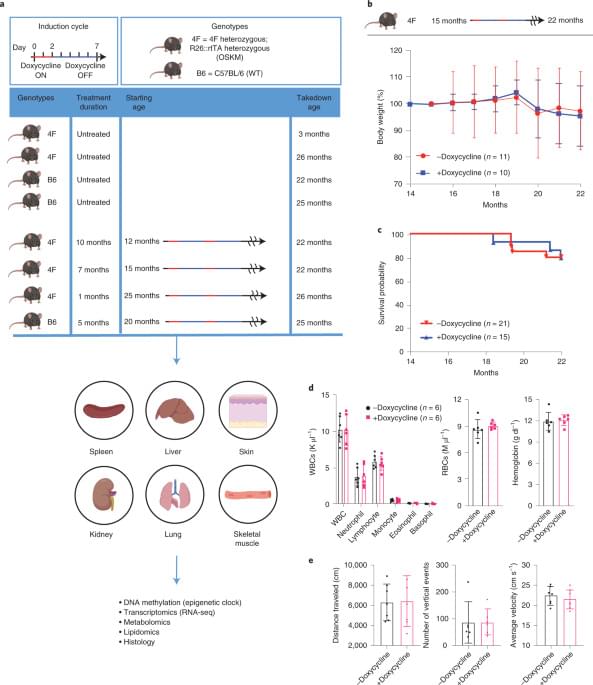
Age reversal in mice.
In vivo partial reprogramming by expression of Oct4, Sox2, Klf4 and c-Myc has been shown to have rejuvenating effects in a mouse model of premature aging. Here, the authors report that longer-term partial reprogramming regimens are safe and effective in delaying age-related changes in physiologically aged mice.
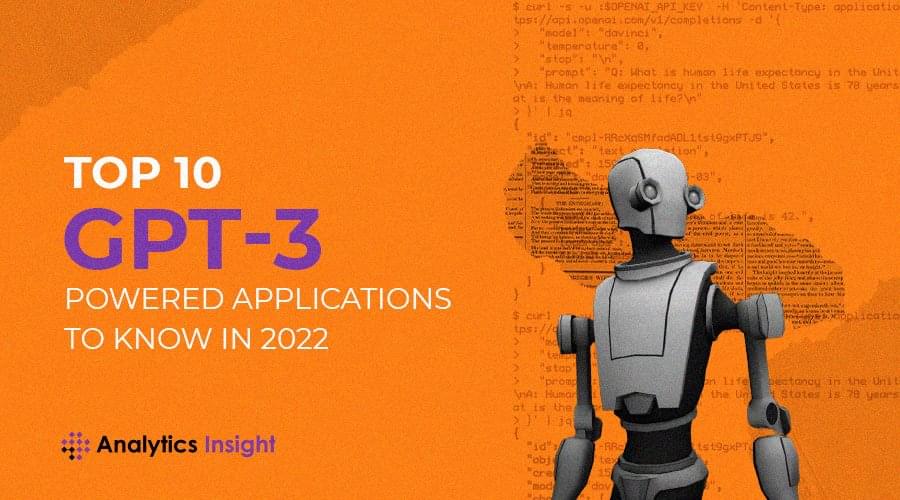
Companies have started using the AI model from OpenAI known as GPT-3 in 2022. Check out the top ten GPT-3 powered applications to reduce workload efficiently. A GPT-3 powered tool comes with multiple features for automation.
Researchers trained an AI to determine which psychoactive agent a zebrafish had been exposed to based on the animal’s behaviors and locomotion patterns.